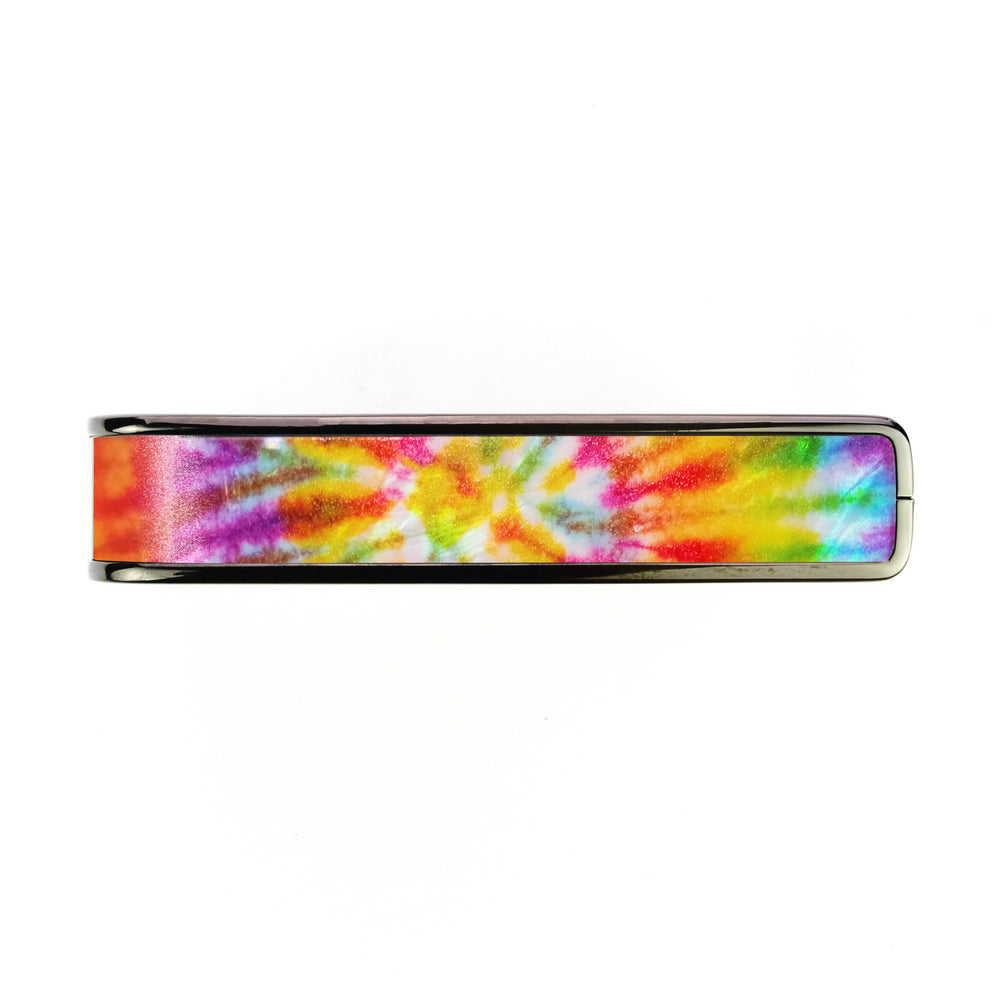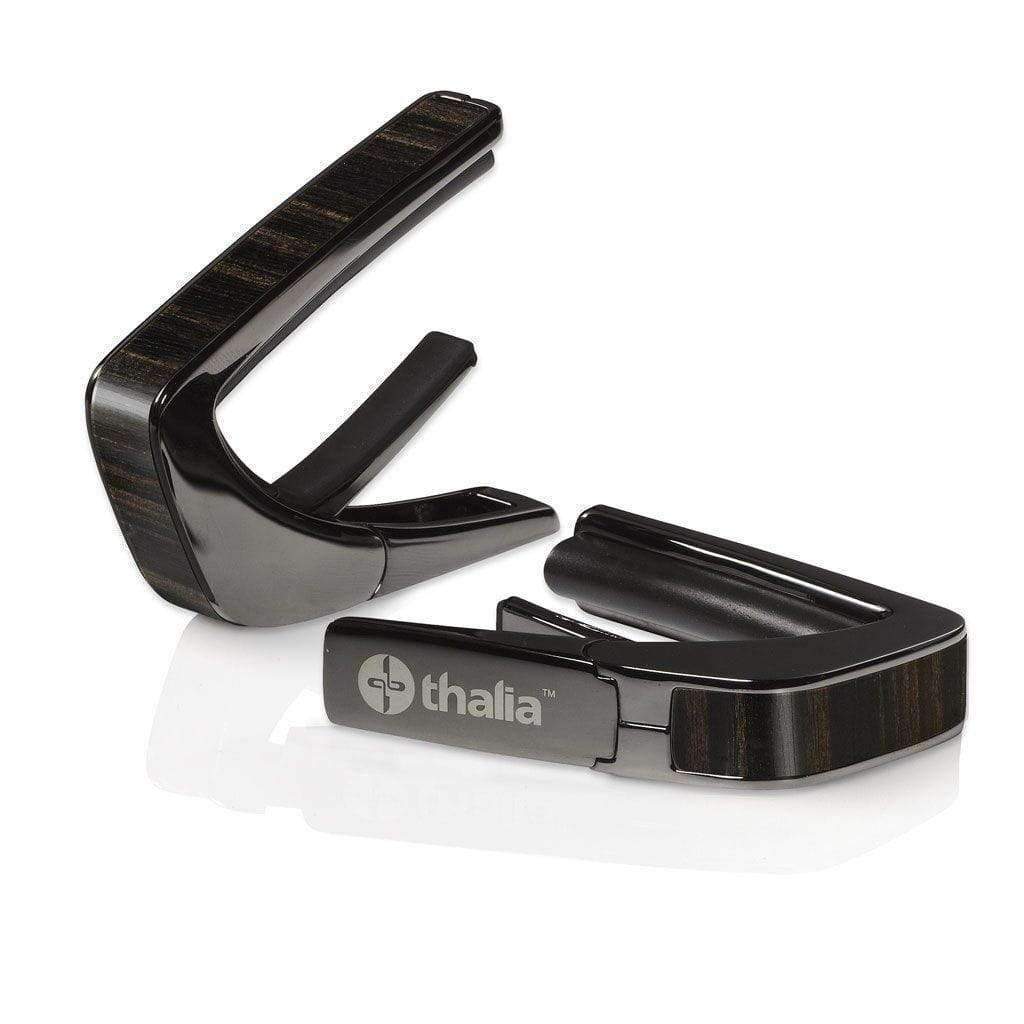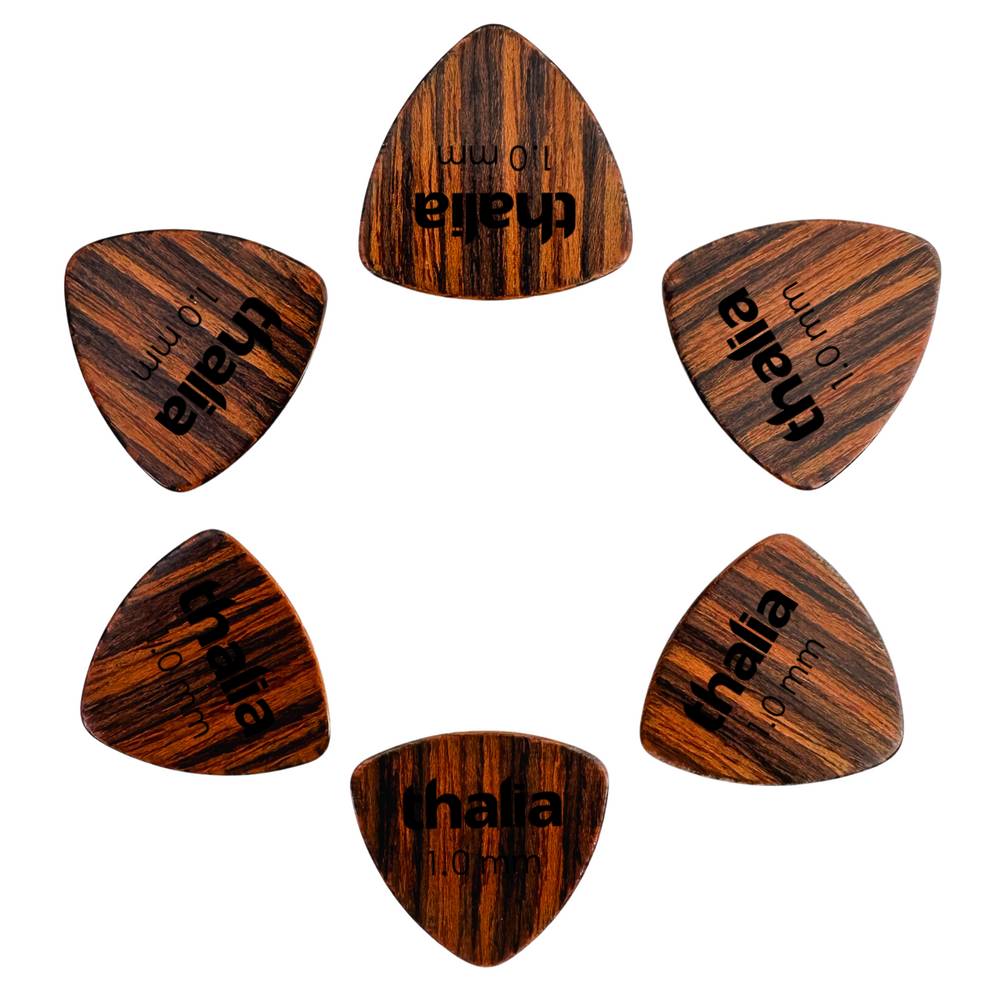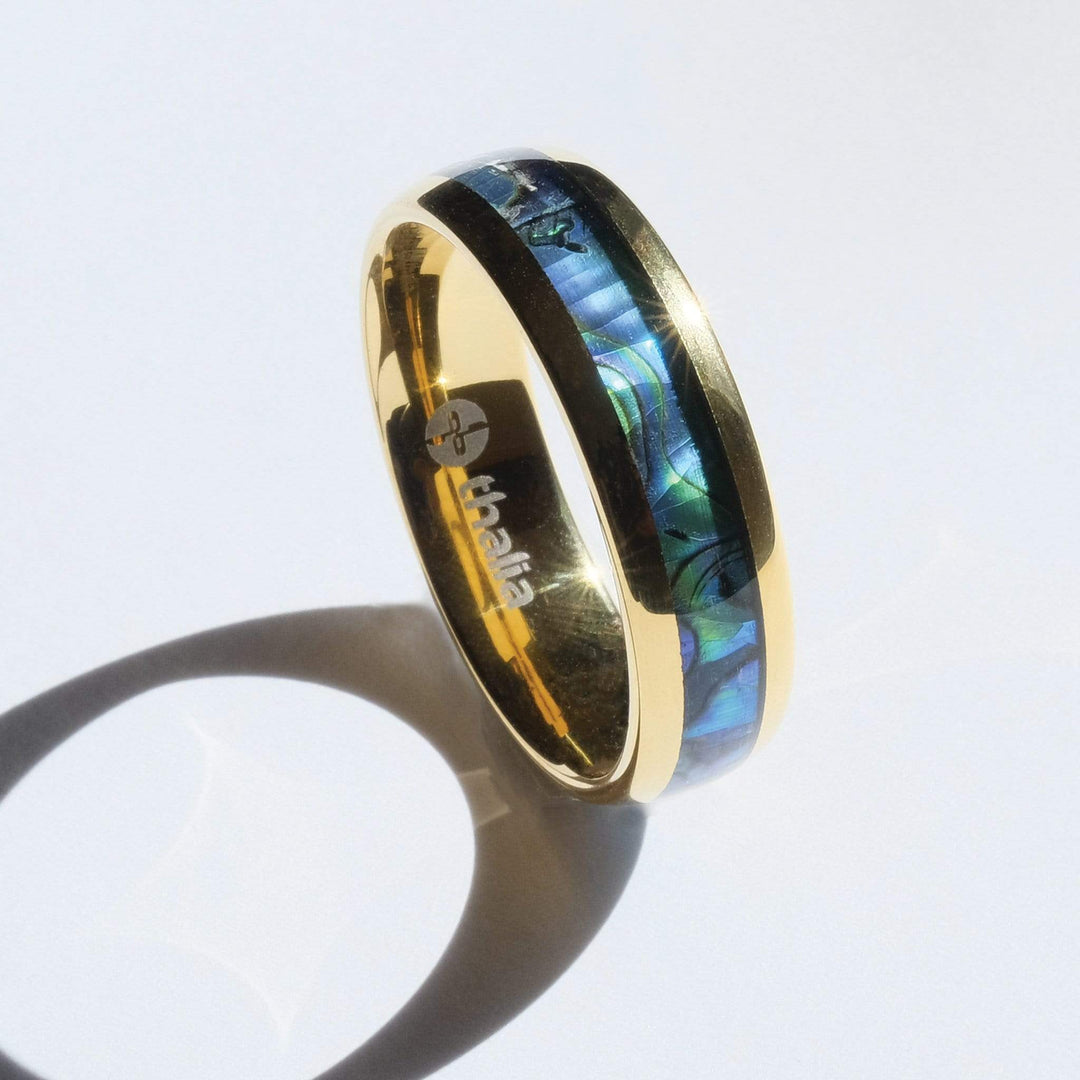The Guitar Building Recipe

It’s been a while since we talked about customizing an instrument. In that previous piece, we looked at some of the ways you can get yourself an instrument just right for you: modifying an existing guitar, ordering custom parts and building one, or getting a luthier to create the instrument of your dreams from scratch.
But like good ingredients make a good meal, a great instrument is the sum of the parts. Much like ingredients, many factors can impact the flavor, differentiating between a Michelin-star meal and a dog’s lunch. How do woods shape the sound? What about the fretboard? Or the electronics?
Whether you source your parts from a builder or have a luthier build you an instrument, some basic knowledge will help you get off to a good start in shaping the overall sound and aesthetic of a customized instrument. Hopefully, this piece will help answer some of those questions, allowing you to make the best possible choice should you wish to design and build (or have someone build) an instrument for you!
Woods
Certain companies are known for using certain woods, which can impact the overall sound of the instrument.
Fender has long used ash or alder for their guitars. Alder balances bright and dark tones, while ash has a slight dip in the mids and a bit more top end. Ash, a bit more dense than alder, will also have more weight.
Gibson has long used mahogany and maple in its guitars. Mahogany’s sound has been described as warm, with lovely low and low-mid tones. On the other hand, Maple is a much brighter wood with clear articulation across the spectrum. Many Les Pauls feature a mahogany body with a maple top, giving the guitar the best of both worlds.
Many of the shredder guitars made by Ibanez tend to use basswood for their guitars (such as the Jem). It is a much softer wood with a bright sound, though not as much sustain as other guitars, making it ideal for guitars to be played at 100 miles per hour.
Other woods, such as korina, walnut, koa, and others, have their own characteristics and have been used in various guitars by major companies and smaller builders. Don’t be afraid to dive deeply into these exotic woods; you may find what you’re looking for.
Necks
Regarding necks, the most common materials used for the shafts are either maple or mahogany; many others aren’t strong enough to handle the string tension. As for stability, I usually found maple to be better than mahogany in staying true while playing; mahogany tends to bend easily with enough pressure. Different companies will often increase the strength by using multiple strips of wood in opposing grain patterns, laminating a much harder wood (such as purpleheart) with the primary wood for increased stability, adding graphite rods, and roasting the maple to remove all moisture, making the wood very hard.
While shaft wood is important, the fingerboard also impacts tone. Of the most common woods, maple tends to be bright, ebony has a more mellow sound, and rosewood and pau ferro are in the middle.
Shapes
Probably most guitars we see out in the wild fall into three main shapes: T-Style (Telecaster), S-Style (Stratocaster), offset (Jazzmaster), or the single cutaway (Les Paul). There are other shapes, but most are variations on these themes or mashups (the standard PRS shape always looked like a combination of a Strat and a Les Paul, for example).
While we all have a favorite guitar style, it doesn’t mean we can’t mix and match characteristics into a super guitar, most of which can be done by custom shops (such as Warmoth) or a luthier. Want a T-style with the comfort cuts of an S-style guitar? Sure! What a single cut that doesn’t have a Les Paul’s arched top? Of course! An S-Style with a maple and mahogany body? Why not! Don’t be afraid to cherry-pick your favorite characteristics.
Hardware
When it comes to hardware, you do want to go with quality, particularly for the bridge. Whatever you decide to use, go for steel parts (regular or stainless) due to their longevity and better tone. Brass is also a common material for saddles if your guitar is bright and you want to mellow things out a bit. Avoid cheap parts; they will affect your sound and won’t likely last very long.
For pickups, the choices are very vast! Thousands of models from hundreds of makers! While the best way to narrow your pick is to go by what your favourite artist uses, here’s a quick lowdown.
Single coils (common to S and T-Style guitars) have a clear sound, with not a tonne of low end. It is great for clean tones but will hum with lots of gain.
Humbuckers (familiar to most Gibson guitars) mitigate the humming problem under heavy gain using two coils. They have a more pronounced midrange and low-end but less high-end clarity than single coils.
P-90 pickups (often seen in Les Paul Juniors and Specials) mix the previous two choices. Like a single-coil on steroids, they have a pleasant chime and mid-range growl but will hum under high gain.
And finally, filtertron-style pickups (often associated with Gretsch guitars) are humbucking pickups with more chime than your standard humbucker. They also cancel hum under high gain, which is a nice plus.
For the rest of the electronics, this is another area where you get what you pay for and is often the first failure point on inexpensive instruments. It’ll be worth the few extra bucks for quality pots, jacks, and everything else that goes with them. They will last longer, and your tone will thank you!
The information presented should give you a good starting point when selecting the components going into your custom instrument. You should also know that these are not hard-and-fast rules, so don’t be afraid to try different things and combinations to get to where you want to be with your instrument. The rabbit hole can be profound, but if you want to invest in something just for you, sometimes the more you know, the closer you get.





















